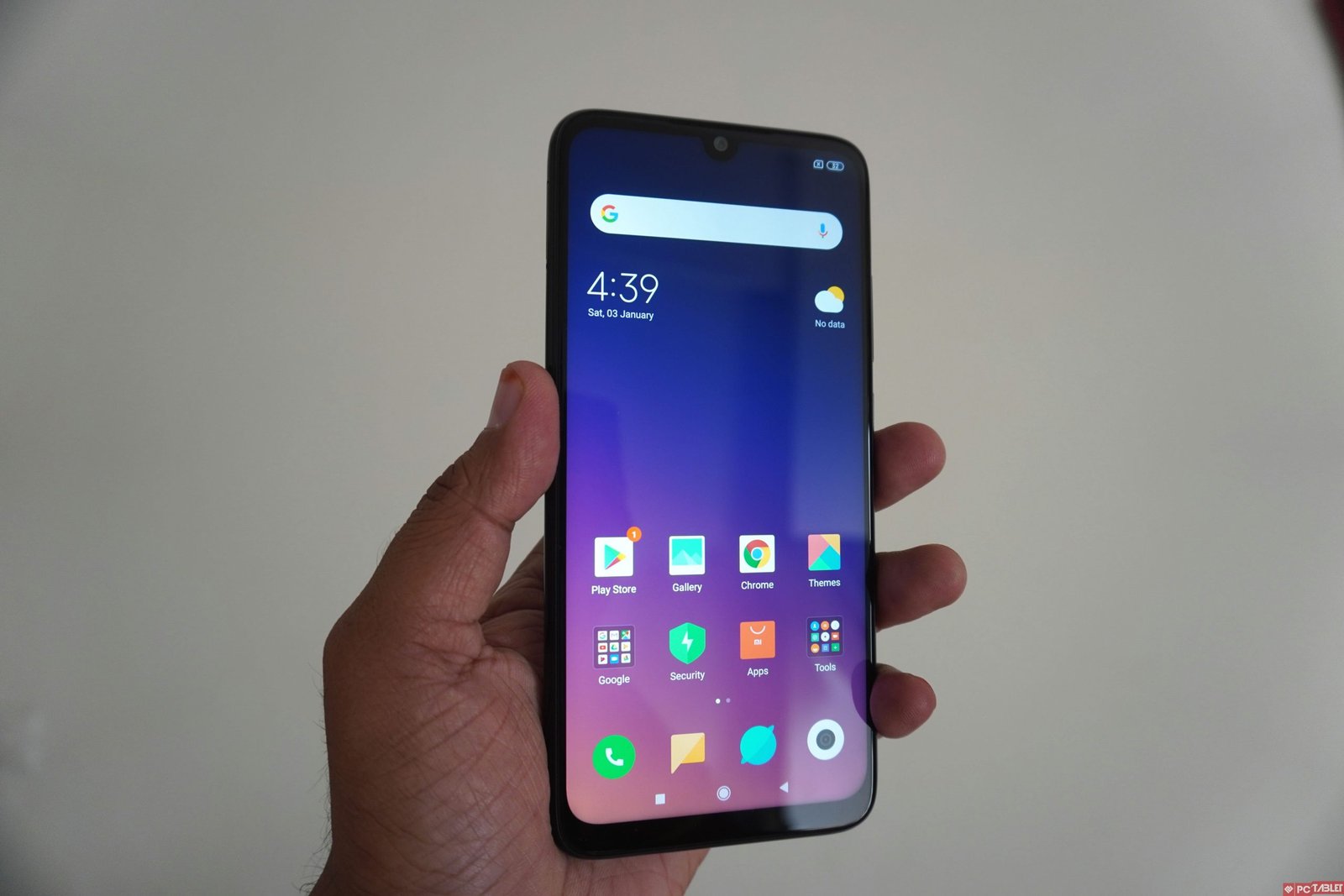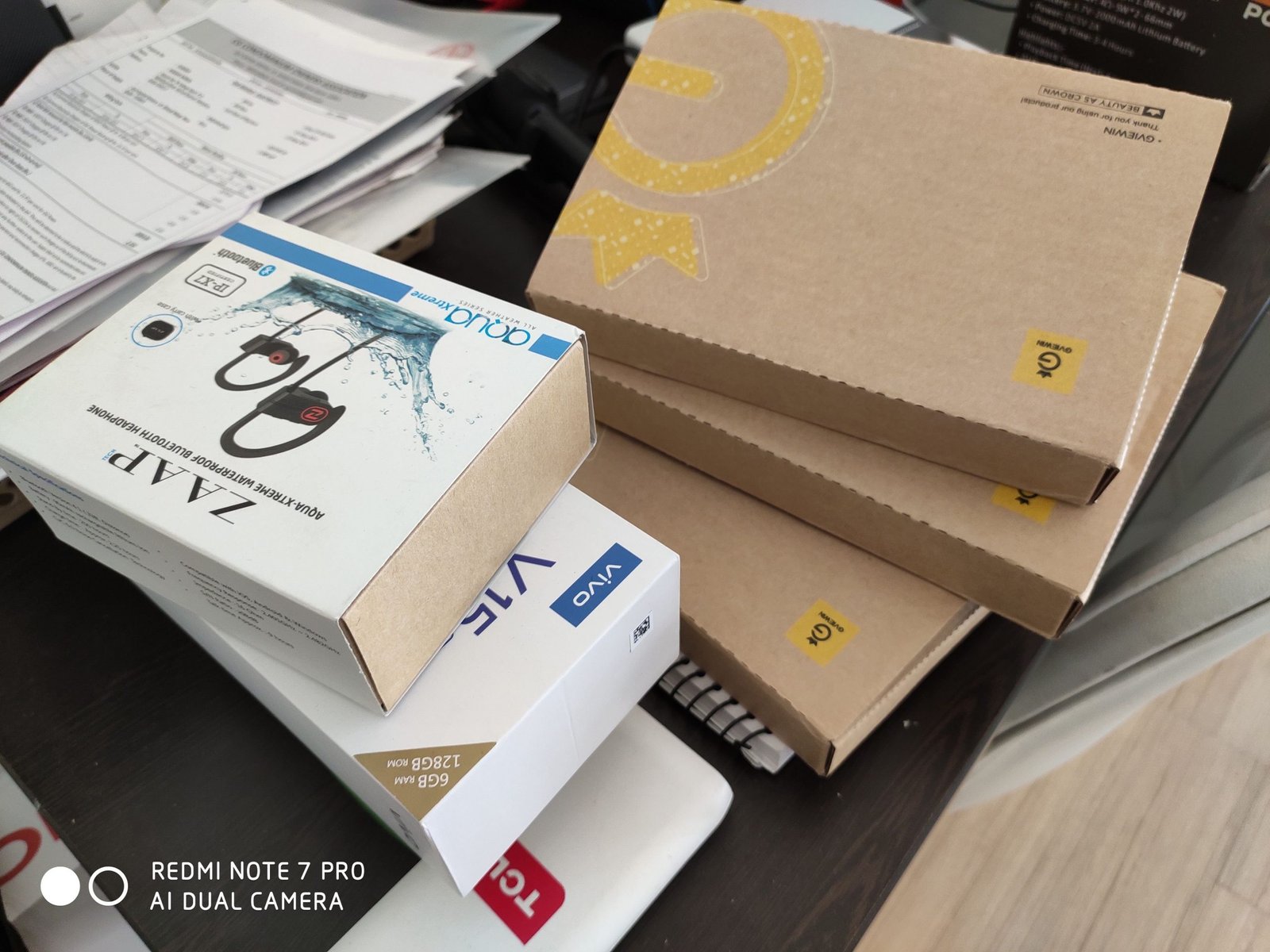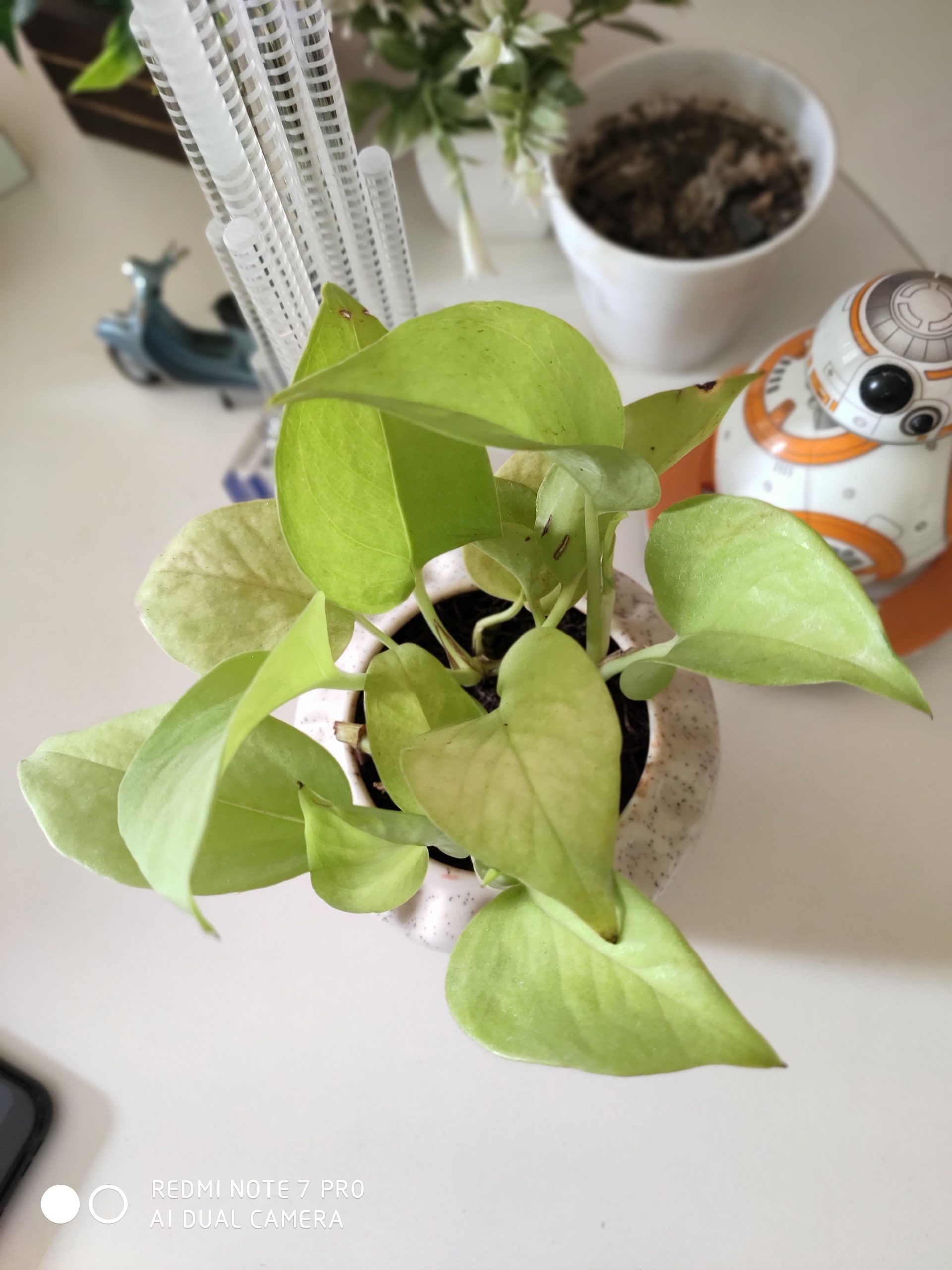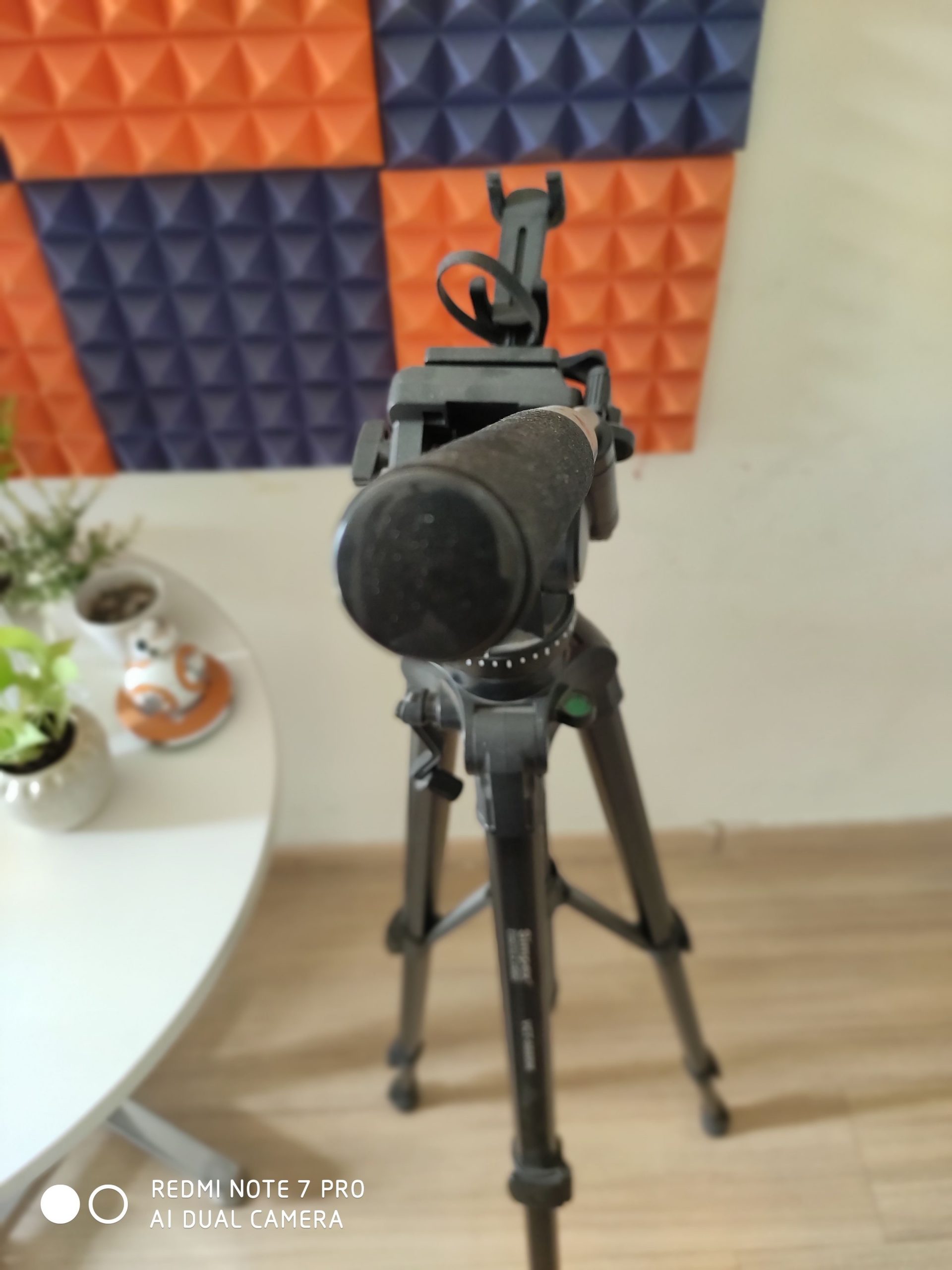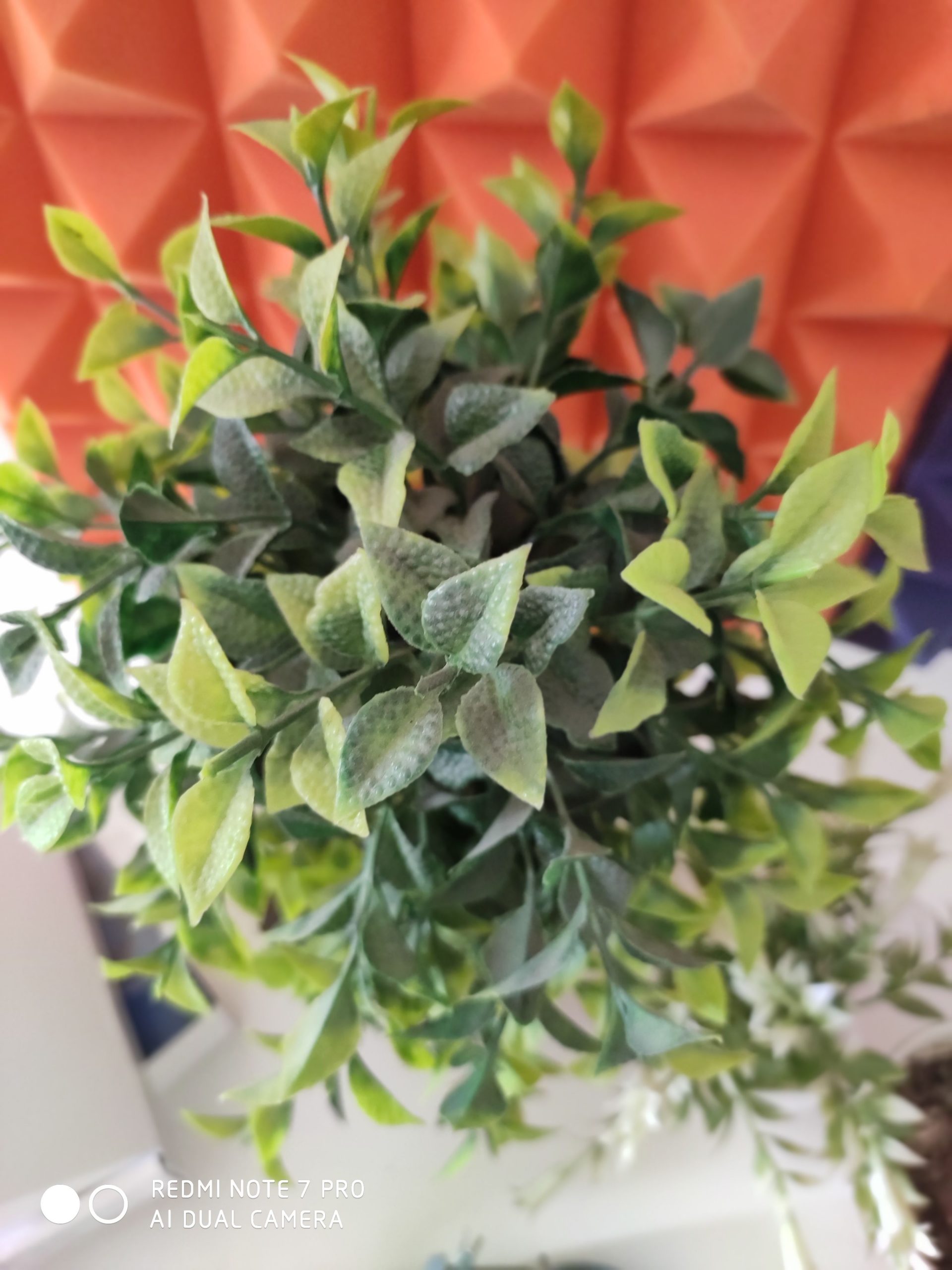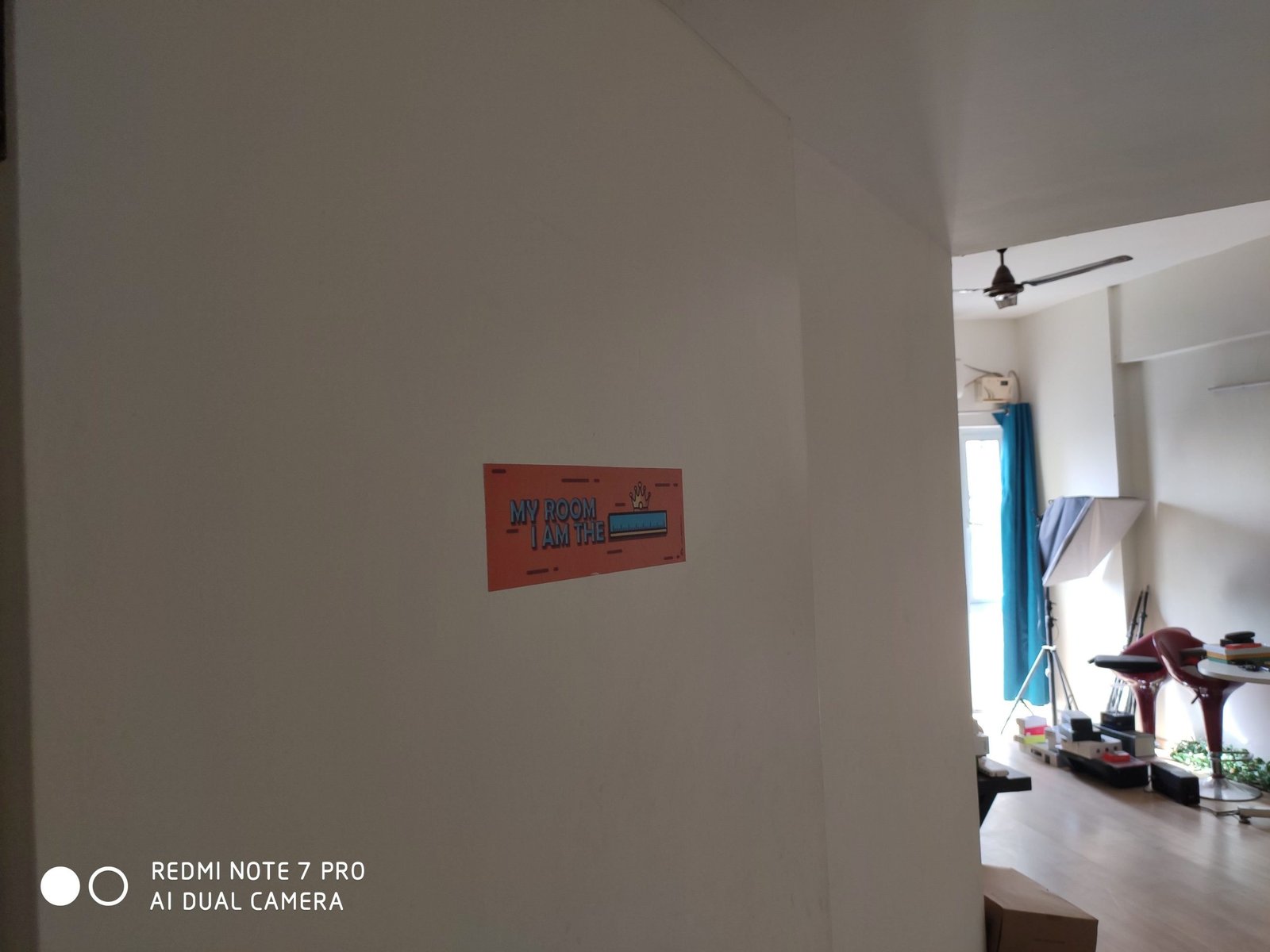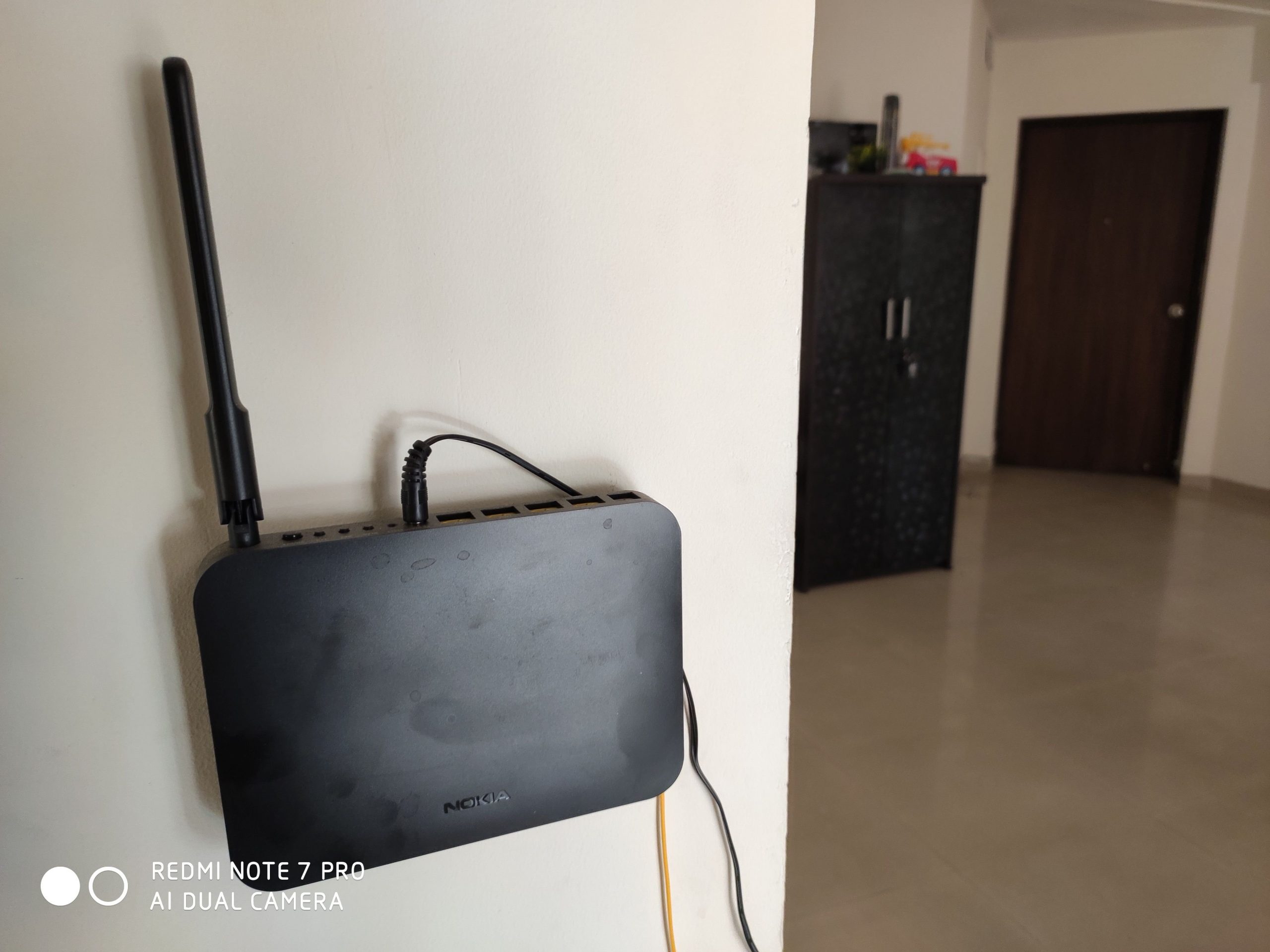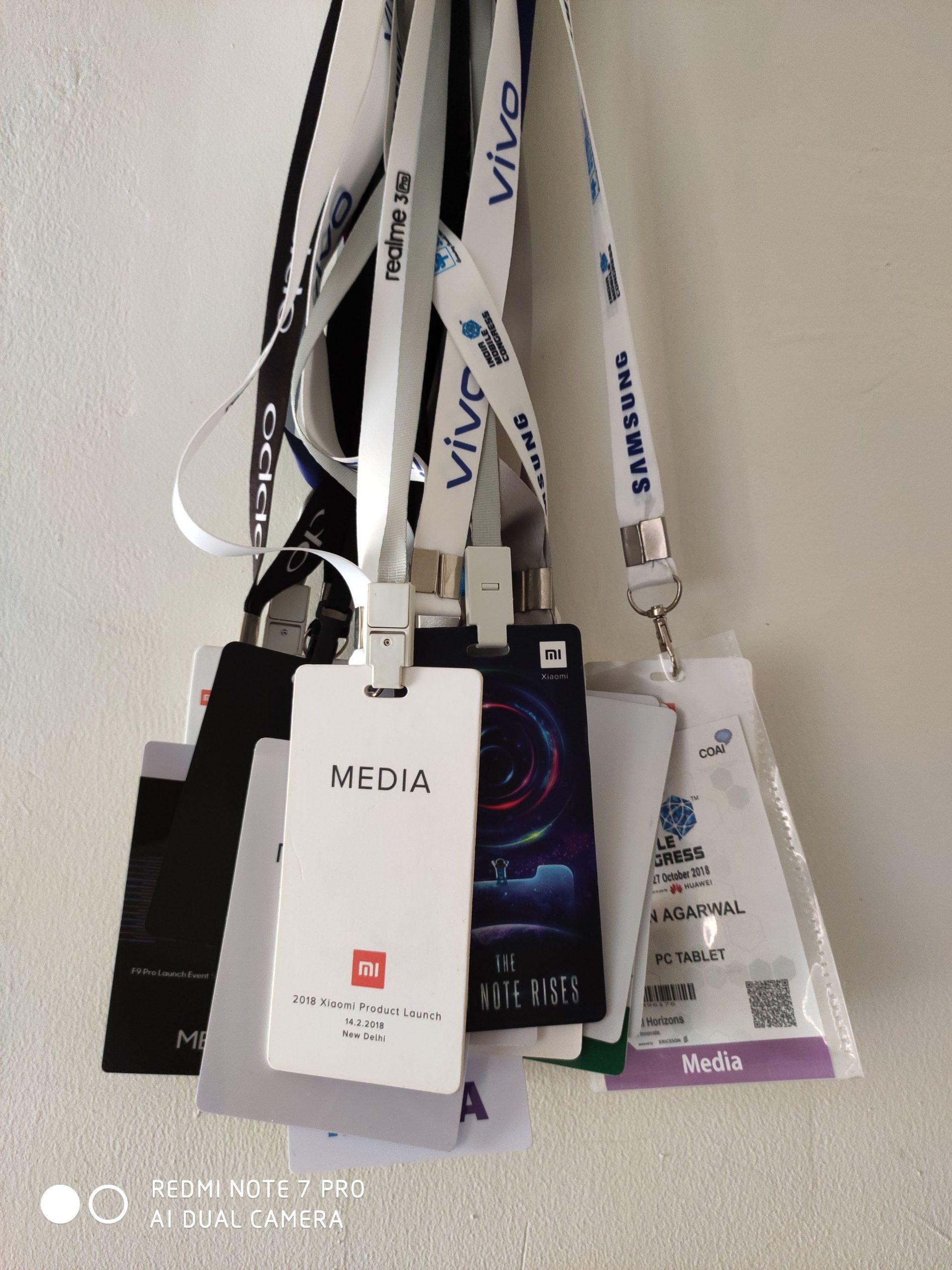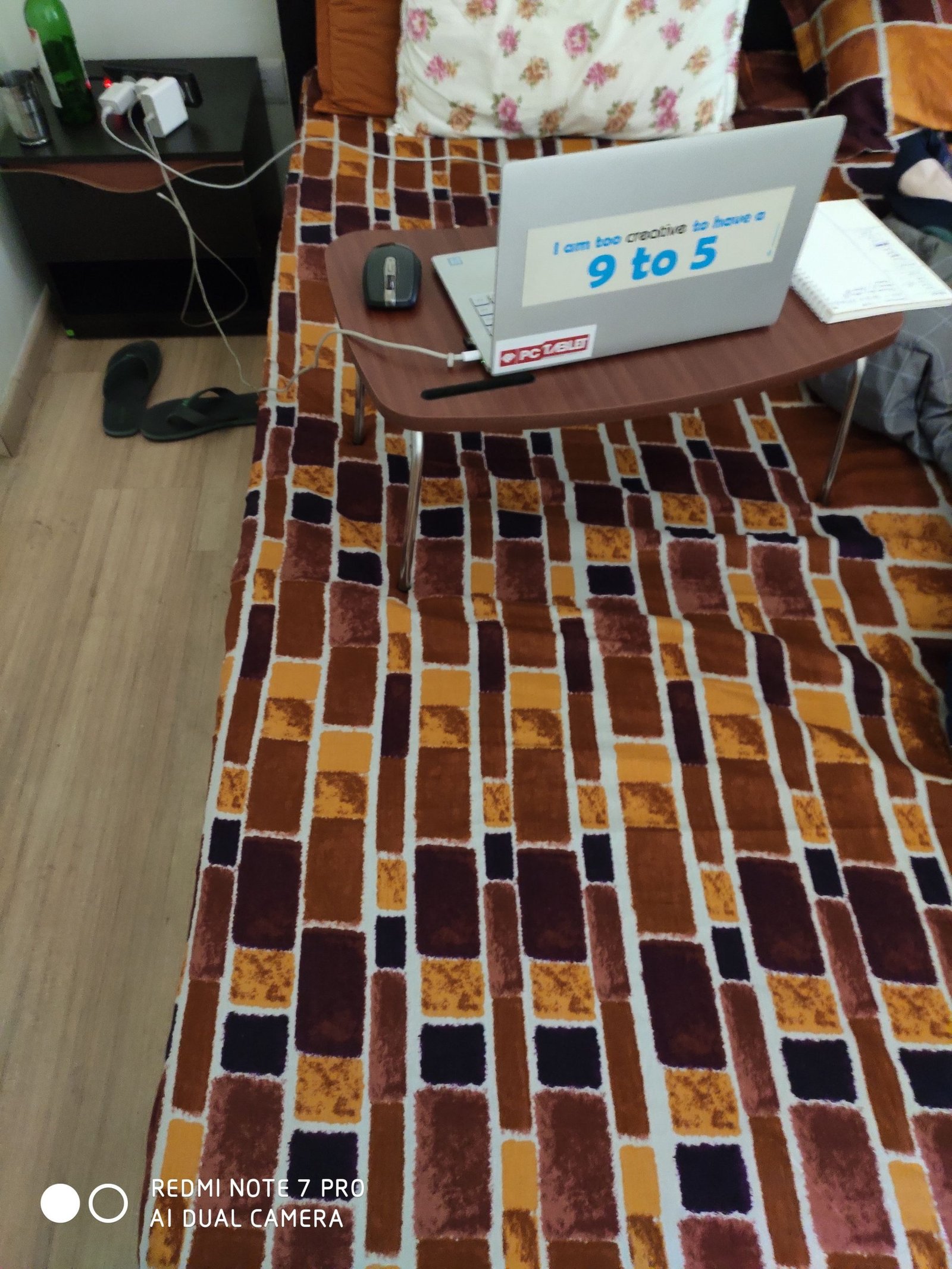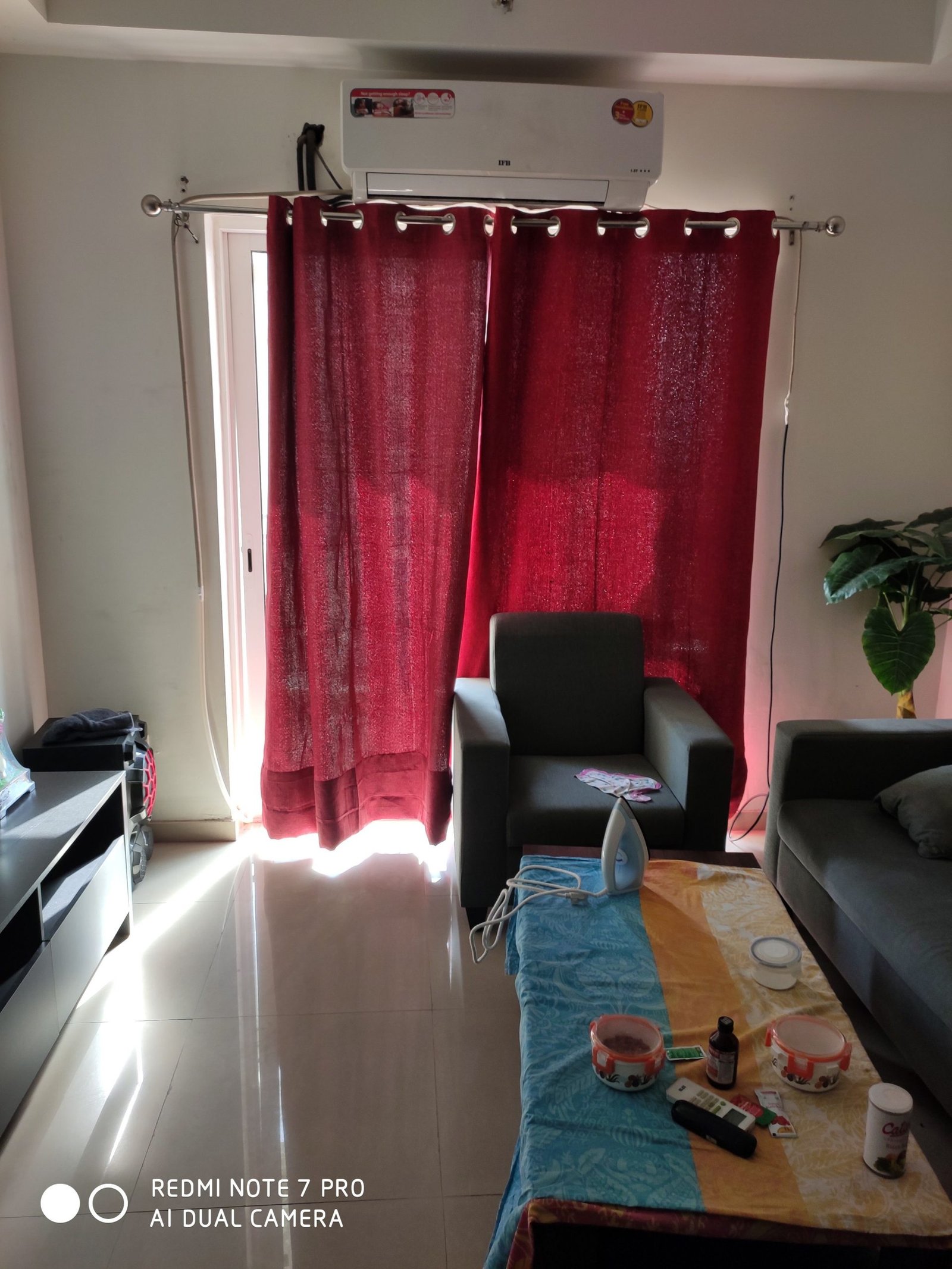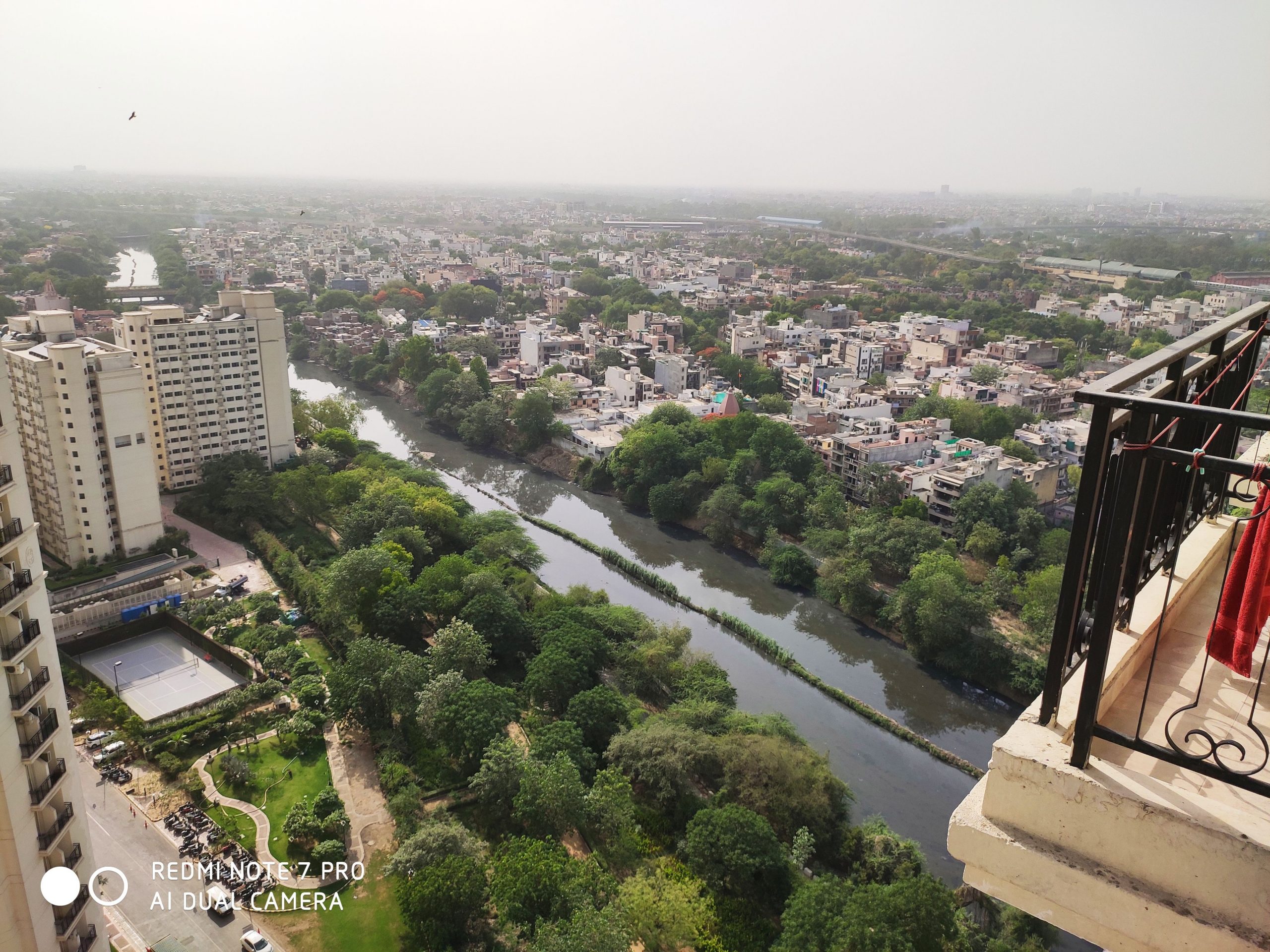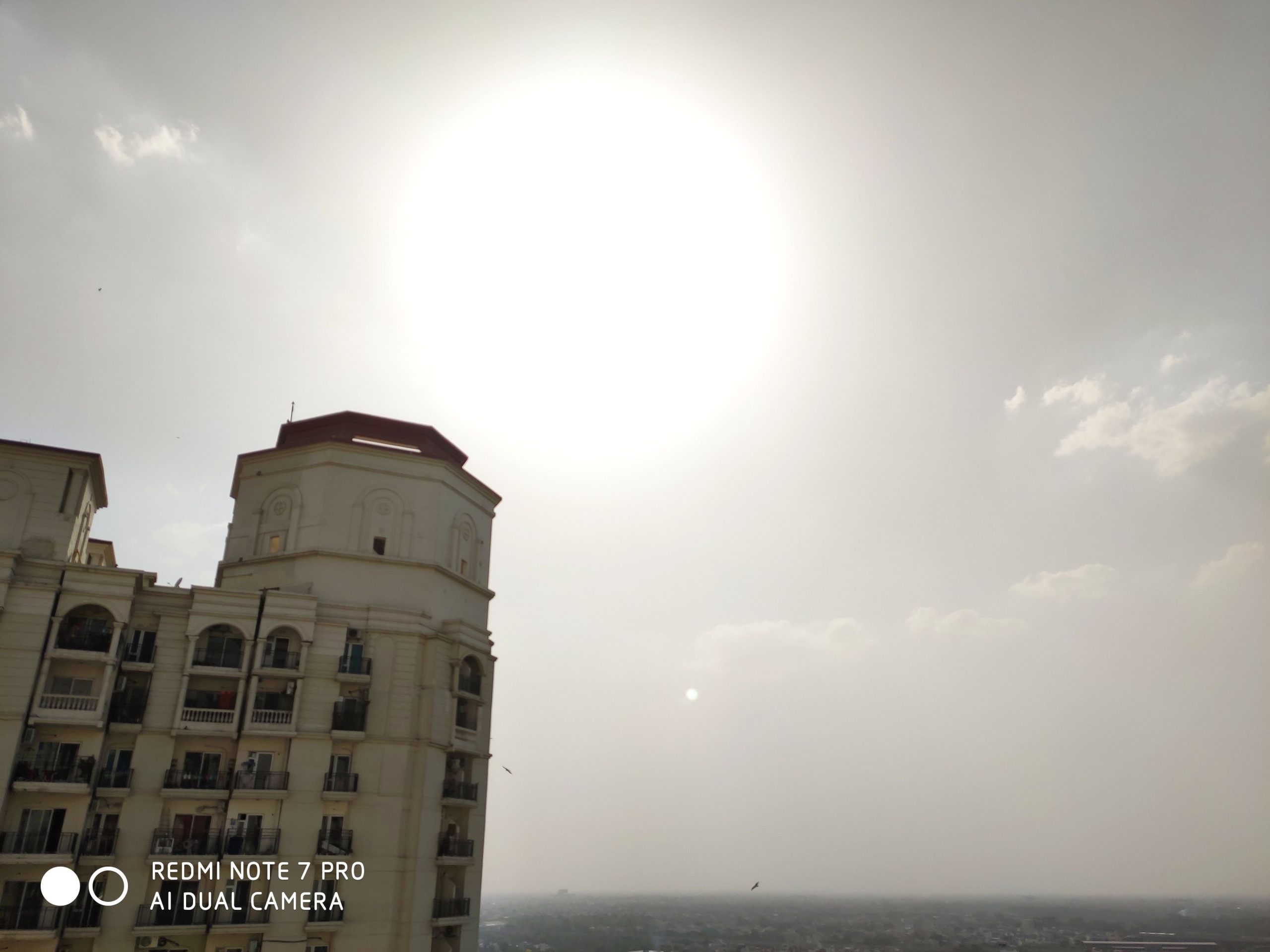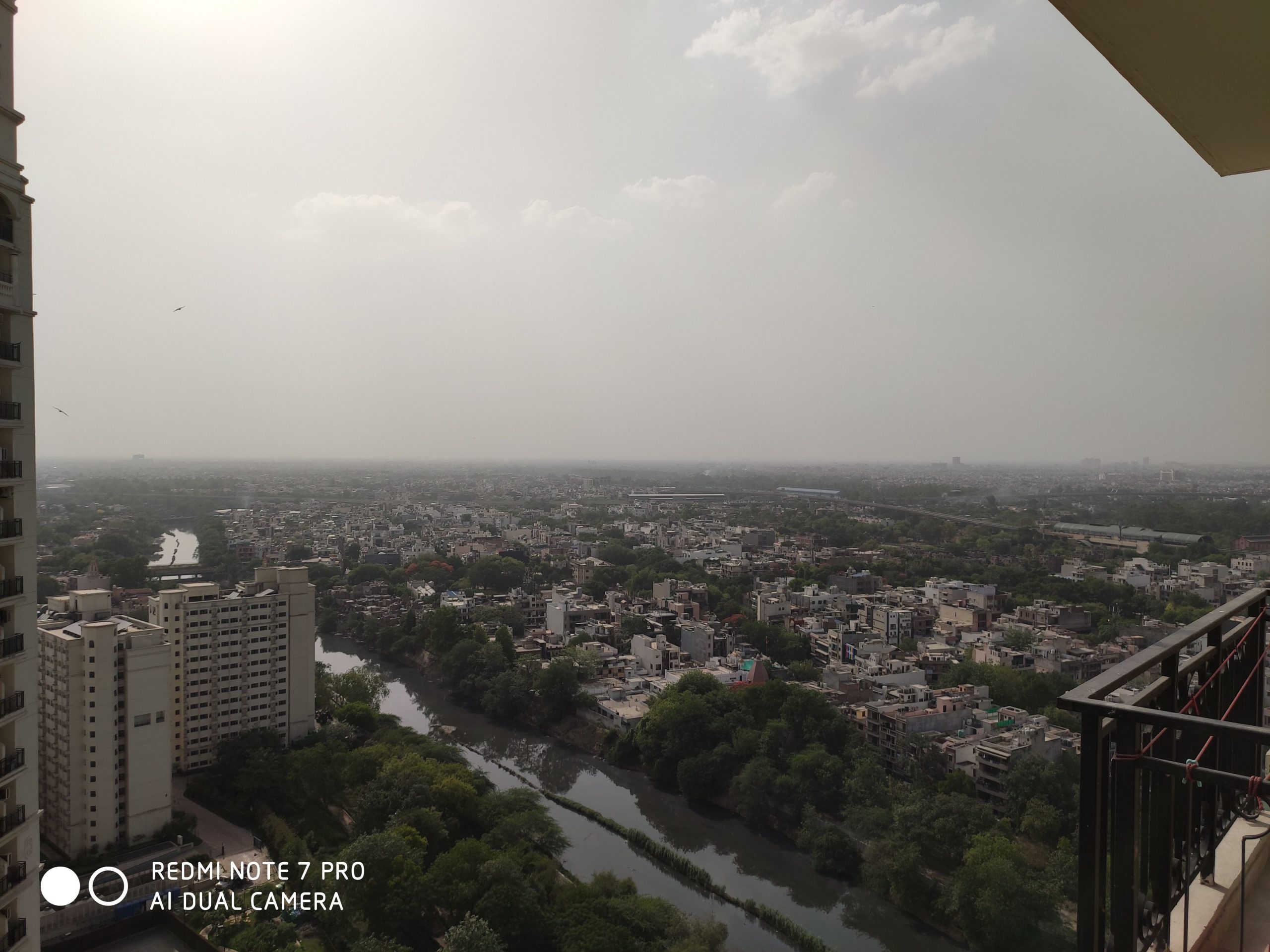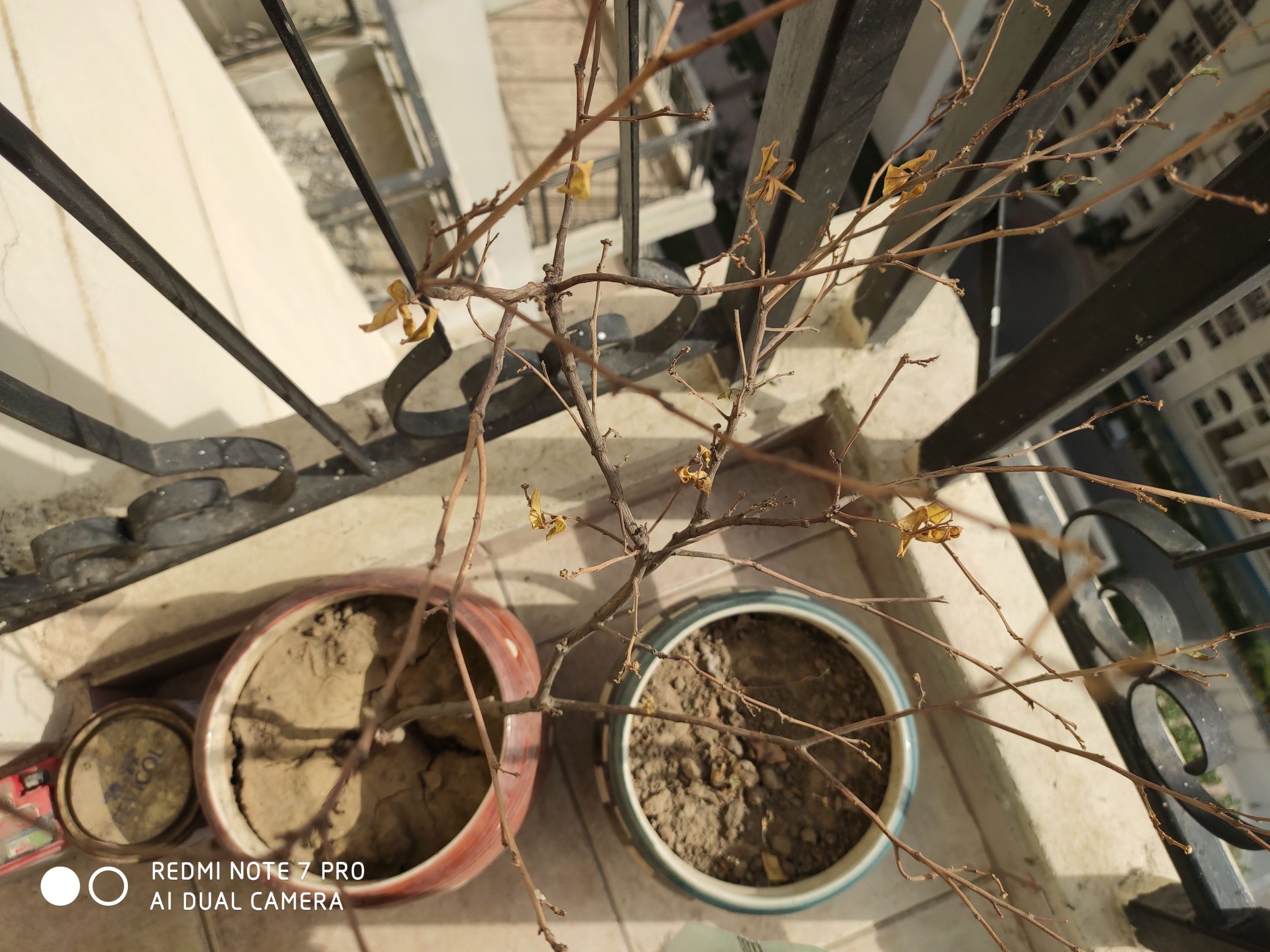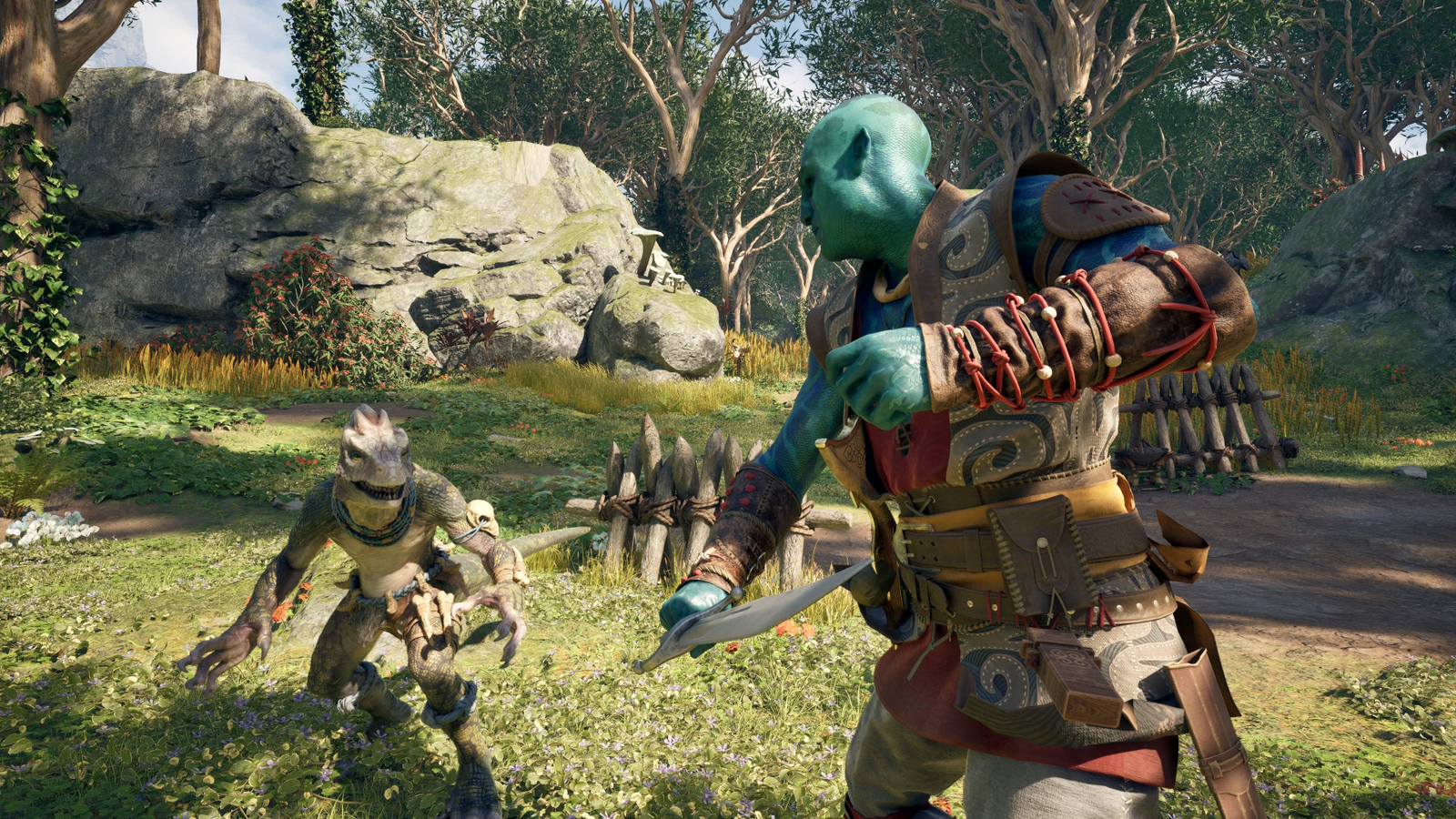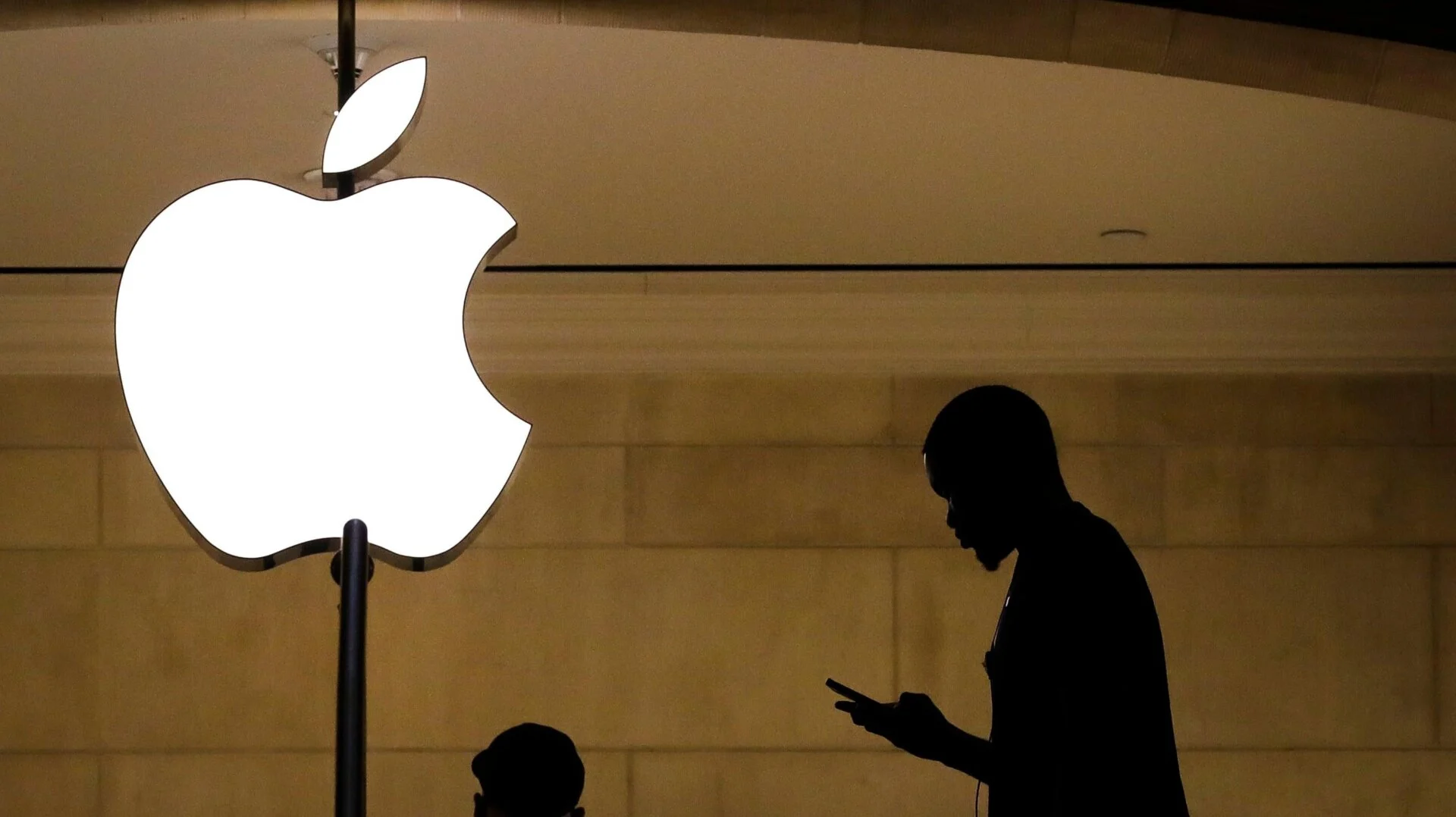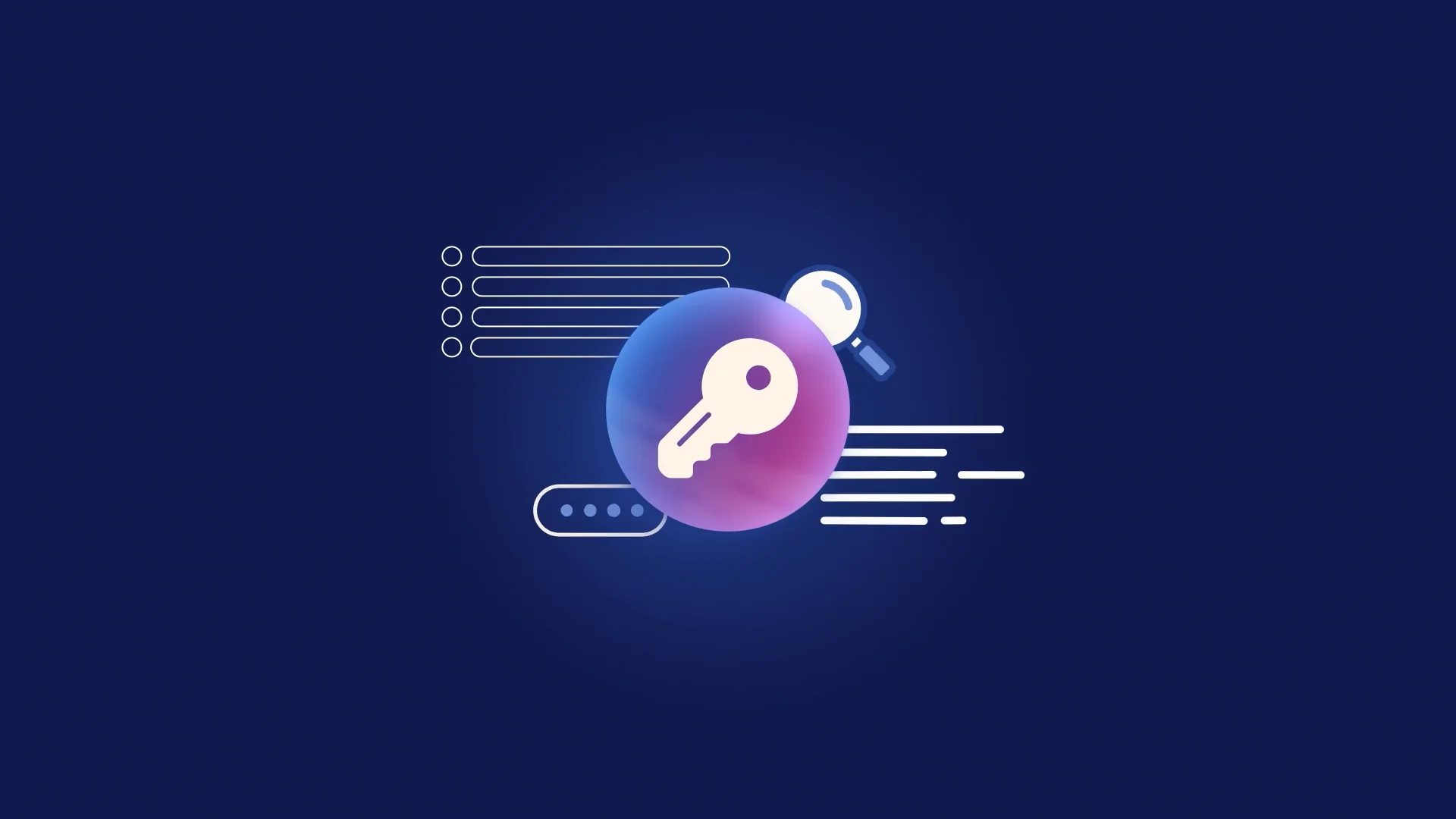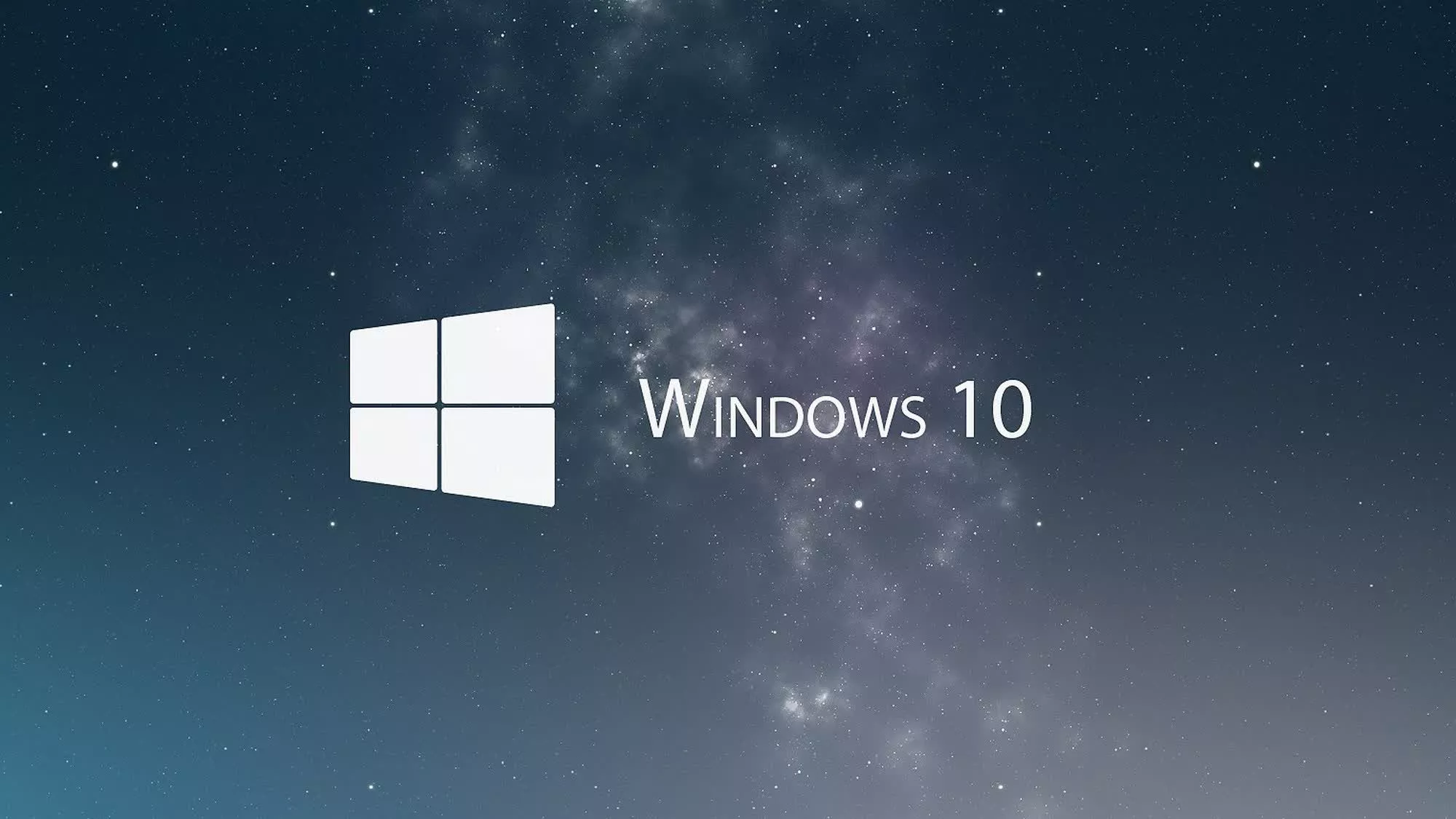No doubt, Xiaomi is known for making value for money smartphones. While the last year’s Redmi Note 5 Pro impressed everyone, the Note 6 Pro didn’t attract as many eyeballs. That said, the recently launched Redmi Note 7 Pro bought a massive change in the way we perceive mid-range smartphones.
Pitted for a starting price of Rs. 13,999, the handset aims to impress masses with an entirely different approach compared to the past generations. Now that it’s been for a while in the market let’s dive into our Redmi Note 7 Pro review to check if it still shines or is overshadowed by the competition.
Redmi Note 7 Pro Specifications
Before we start with the Redmi Note 7 Pro review, let’s go through the specifications, price and see what’s inside the retail box of the device.
- Display: 6.3-inch LTPS IPS display, Full-HD+ (2340×1080 pixels) resolution, 19:5:9 aspect ratio, 409ppi
- CPU: 11nm-based Qualcomm Snapdragon 675 Octa-core processor (2×2.0 GHz Kryo 460 Gold & 6×1.7 GHz Kryo 460 Silver)
- GPU: Adreno 612
- RAM: 4GB/6GB
- Storage: 64GB/128GB internal storage, expandable up to 256GB
- Software: Android 9 Pie, MIUI 10
- Main Camera: 48MP Sony IMX586 (f/1.79, 0.8μm pixels) + 5MP Depth sensor
- Selfie Camera: 13MP (f/2.2)
- Connectivity: USB Type-C, Wi-Fi 802.11ac, Bluetooth 5.0, GPS/ A-GPS, 3.5mm headphone jack and IR blaster
- Cellular: Dual SIM, Dual 4G VoLTE standby
- Fingerprint Scanner: Yes, Capacitive
- Battery: 4,000 mAh, Li-ion Polymer, non-removable
Price: Rs. 13,999 for 4/64GB | Rs. 16,999 for 6/128GB
Box Contents
A complete list of items you get inside the box:
-
- Redmi Note 7 Pro
- Sim Ejector Tool
- Charger
- USB Type-C Cable
- Transparent Silicon Case
- Warranty and User Guide
Design
One of the major changes in Note 7 Pro is, of course, the design. After following the old-school metal design for over a year, Xiaomi has finally come up with a modern-looking 2.5D curved screen with gently rounded corners and a glass body. The one we’ve here is the Space Black variant while you can opt for the Nebula Red and Neptune Blue colour options as well.
Interestingly, both the back as well as the front have Corning Gorilla Glass 5 protection. And the gradient finish at the back gives it a much more premium appeal. That said, the rear gets smudged easily; hence the case is a must. As far as usage is concerned, the phone feels solid in hands, thanks to its uniform weight distribution. The panel looks minimal for the rest of the part, with Redmi logo at the bottom and the vertically stacked dual camera module on the top left. The fingerprint sensor is mounted in the top centre and can be reached easily.
Coming to the front, the “Dot Notch” screen looks contemporary and in-line with the current design trend. However, we didn’t like the fact that there are significant bezels around the display, especially on top and bottom. Thankfully, it’s much less invasive and obscure while consuming media.
Slots and Button Placements
The power button and the volume rockers are present on the right edge. Whereas, a hybrid SIM slot is given on the left side. The top houses a 3.5mm audio jack, secondary microphone and an IR sensor while the primary mic, USB Type-C port and loudspeaker grill reside at the bottom.
Moving further, the earpiece is present on the top edge, followed by a standard set of proximity and ambient light sensors. The notification LED light has been moved to the bottom edge and glows in white colour.
The thickness of 8.1mm seems apt given that the phone houses a massive battery. However, the significant camera bump could be a problem for some. Also, we’d have loved to see a triple card slot, like the Realme 3 Pro and Asus Zenfone Max Pro M2.
Display
The Dot Notch display on the Redmi Note 7 Pro is a welcome change. It’s a 6.3-inch LTPS In-Cell LCD panel with a Full HD+ resolution of 2340×1080 pixels. Furthermore, it has a tall 19:5:9 aspect ratio and gets a pixel density of 409ppi. For starters, LTPS is cheaper to produce than an IPS display, is more power-efficient and offers a consistent viewing experience.
The screen-to-body ratio of 81% allows for feasible one hand operation despite the large screen size. And the screen itself is legible enough to be viewed under sunlight at max brightness. However, we’d have loved to see a slight bump in the peak brightness levels and slightly thinner bezels.
Coming to the display quality, the colours are vibrant, and viewing angles are right as well. You can turn off the notch, as well as adjust the display’s colour temperature and contrast as per your liking. In our usage, the screen was more than adequate for gaming and streaming videos. By the way, Xiaomi does offer Widevine L1 certification that allows one to stream content in High Definition on Netflix and Amazon Prime Video.
Performance
The Redmi Note 7 Pro certainly makes up for the criticism faced by Note 6 Pro for having same old internals. The device, under the hood, gets powered by the 11nm-based Qualcomm Snapdragon 675 SoC, coupled with 4/6GB RAM and 64/128GB storage options.
Going by the technical specs, Snapdragon 675 has two high-performance Kryo 460 Gold cores clocked at 2.0GHz along with six Kryo 460 Silver cores clocked at 1.7GHz for power-efficient tasks. Notably, it is the first chipset to bring 4th gen flagship Kryo cores in mid-range smartphones. And the same reflects in real-world usage.
The device performs day to day tasks like a beast, be it opening apps or doing multi-tasking. Notably, it’s a perfect device in this budget for browsing the web, using multiple social media and productivity apps. The phone managed specific tasks including handling numerous tabs in Google Chrome, live-streaming, recording and rendering videos with ease.
Games like PUBG and Asphalt 9 were playable in high graphics settings with occasional frame drops and jitters. Lowering it to medium allowed for a more enjoyable experience. That said, the phone does heat up while doing extensive tasks and gaming. After an hour and half of playing PUBG Mobile, the phone’s back became too hot to be comfortable. We hope that Xiaomi fixes this in the future OTA updates.
Software
Like other latest Xiaomi smartphone, the Redmi Note 7 Pro runs MIUI 10 based on Android 9.0 Pie out of the box. As evident, the MIUI 10 doesn’t have an app drawer which could be a bummer for many.
Moreover, the UI has a lot of bloatware to offer including Xiaomi’s official apps as well as some third-party apps like DailyHunt, ShareChat and Amazon. Thankfully, most of them can be uninstalled by the user. That said, ads are still a big problem in MIUI, especially from the Mi App Store that keeps pushing notifications for app recommendations. The ones in other apps can be turned off via their respective settings.
Above all, MIUI 10 also brings in gesture-based navigation akin to the iPhone X that works very well. While being heavily skinned, MIUI offers tons of options for customisations. Nonetheless, if you are a stock Android lover, you’ll have a tough time getting used to it.
Camera
Well, things get quite interesting in the camera department. Note 7 Pro gets a 48MP (f/1.79) Sony IMX586 sensor as its primary shooter. Accompanying which, is a 5MP depth sensor. Notably, the primary sensor is the same as the one found on the Honor View 20. For selfies, it has a 13-megapixel front-facing camera with f/2.0 aperture.
The camera UI is familiar with other Xiaomi smartphones running MIUI 10. Besides HDR, it gets full-fledged AI scene detection that can detect 33 scene categories for the rear and 12 scene categories for the front camera. Moreover, there are multiple colour modes including Normal, Vivid, Film, Amour, Latte, Sun, Cookie, Calm, Soda, Gourmet, Glow, Berries, B&W and more. The menu gets options to trigger the timer, tilt-shift, straighten, group selfie, Google lens and 48MP picture option. Whereas, the bottom pallet lets you select from modes such as Short Video, Video, Photo, Portrait, Night, Square, Panorama and Pro mode to adjust white balance, shutter speed (1/1000s-32 sec) and beautify option.
Note that the Redmi Note 7 Pro captures 12MP photos by default. It is done by binning four pixels into one to create a sizeable 1.6um superpixel that helps to obtain more information in low-light. To shoot in 48MP resolution, you need to select the 48MP option in Pro mode manually.
Image Quality
In terms of image quality, the camera performs well in daylight. The image is rich, vibrant and has the right amounts of details. It even managed to impress us with close-up shots. Also, we were fascinated by the dynamic range it has on offer. However, things slightly change when you shoot in 48MP mode. In our usage, the images shot in 48MP appeared flat and soft when compared to the 12MP images. Also, there was a noticeable amount of shutter lag while clicking images in high resolution.
The phone also takes good portrait shots with spot-on edge detection. You can play with the blur intensity even after capturing the shot. Moreover, the low-light performance has seen drastic improvements compared to the previous Redmi phones. The Pixel binning does allow for brighter and detailed images in low-light.
You can further amp up the game by using the Night mode option. The phone takes seven shots rapidly once you tap the shutter button in the Night mode. All of the seven images are then merged to achieve higher detail, sharpness and better exposure. The results seemed better than most of the mid-range phones we’ve tested so far. However, at times the image might show hints of being overprocessed.
The front camera, on the other hand, just takes good enough selfies. The pictures have a good amount of colours and contrast for most of the part and are ready to post on social media.
Video Quality
As far as videography is concerned, the Redmi Note 7 Pro can shoot full-HD and HD videos at up to 60fps. The 4K clips, on the other hand, are capped at 30fps. The provided EIS manages well to cancel out hand movements and jerks; however, it is absent in 4K mode, resulting in shaky footages.
The Slo-mo feature can record videos at 120fps which are average at best in our opinion. In the meanwhile, the front camera can shoot full-HD videos at 30fps. However, the video exhibits a noticeable amount of shake due to the lack of image stabilisation.
Battery
As you’d expect, the Redmi Note 7 Pro features an exceptional battery life with its massive 4,000mAh cell. In our usage, that comprises of listening to music via Bluetooth earphones for a couple of hours during the commute, watching YouTube videos, streaming Netflix, and an hour of PUBG Mobile followed by continually checking emails and social media, the device managed to last for a full working day. We were usually left with 8-10% of charge with 6 hours of screen usage over the day.
That said, if you are a light user, you’ll easily manage to get around 8 hours of screen-on-time with the Note 7 Pro. However, if you are a hardcore gamer, the device will still last you for a full 5 hours of gameplay.
As for the charging time, the phone goes from zero to 50 per cent in about 60 minutes. Whereas, zero to 100 per cent top-up takes about 2.25 hours. Nonetheless, it does support Qualcomm Quick Charge 4.0, but you’ll need to buy a compatible adapter separately. The one inside the box is a basic 10W charger.
Pros
- Modern design
- Good Battery life
- Promising Cameras
- Smooth Performance
- Splash Resistant Body
- USB type C, QuickCharge 4.0 support
Cons
- Heats up during extended gaming
- No bundled fast charger
- Ads and bloatware in MIUI
- Camera bump
- Hybrid sim slot
Redmi Note 7 Pro Review Verdict- Should you buy it?
The Redmi Note 7 Pro is a smartphone full of positives. For a starting price of Rs. 13,999, you get a refreshing design, smooth performance and a long-lasting battery. Moreover, the phone offers the best rear cameras in the segment we’ve seen so far. Huge community support and third-party development are added perks.
On the contrary, there are certain letdowns where the competition has better to offer. This includes lack of fast charger in the box, heating issues while gaming and heavily skinned MIUI dragged down by ads. The selfie camera could also have been a tad better. That said, we can’t complain much for the price.
Overall, the Redmi Note 7 Pro turns out to be one of the best all-rounder smartphones you can get under Rs. 15,000 in the market.

